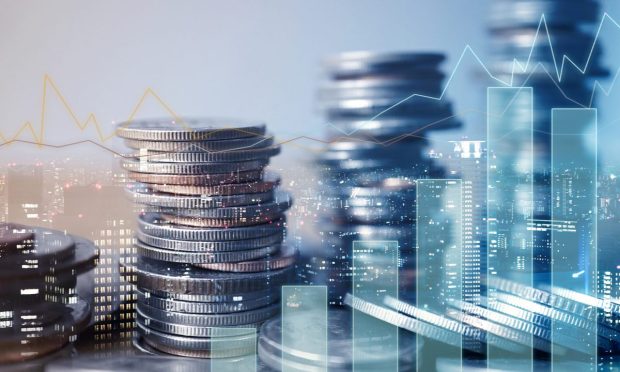Retail Tech Firm Swiftly Raises $100M in Series B Round

Retail technology platform Swiftly secured $100 million in a Series B funding round that it will use to offer an enhanced digital shopping experience to more brick-and-mortar retailers, capture digital advertising dollars and build customer loyalty, according to a Tuesday (March 8) press release.
Wormhole Capital led the fundraising effort, with participation from Liquid2 Ventures, Bramalea, Gaingels, Silicon Ventures, Proof VC, Western Technology Investment, Sand Hill Angels and The Martin Family. The fresh capital brings Swiftly’s total investment capital to $120 million.
“Retailers need to act now to connect the digital and in-store experience and capitalize on the $100B retail media opportunity,” said Henry Kim, co-founder and CEO of Swiftly, in the company press release. “Those that don’t connect the digital and in-store customer experience risk becoming obsolete and are handing over loyal customers and advertising revenue to the competition.
“Swiftly gives power back to retailers by providing a complete and flexible solution for in-app and in-store shopping, enabling them to meet their customers where they’re shopping,” he said.
Swiftly will use the new money to add staff and resources in all departments, including engineering, sales, marketing and customer onboarding. The company will also grow its product portfolio so it serves more retailers, brands and their customers.
Related: Amazon Now Ahead of Walmart in Share of Retail Spending New PYMNTS Data Show
In other retail news, Amazon ended 2021 with a larger share of U.S. retail spending (9.4%) than rival Walmart (8.6%), according to new PYMNTS data, thanks to a burst of fourth-quarter activity.
It’s the first time Amazon has pulled ahead of Walmart in more than a decade of PYMNTS sales analysis and research, which removes non-retail revenue generated from Amazon Web Services and calculates the gross merchandise value of items sold, including items sold for third parties where only a small percentage (typically 10%-15%) of those sales is calculated as revenue.
